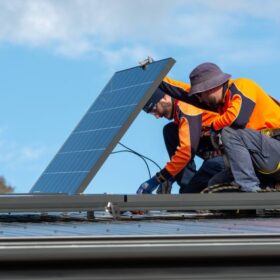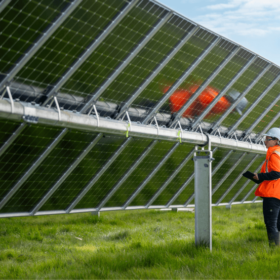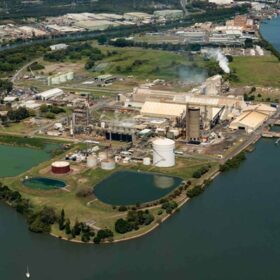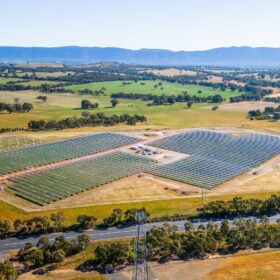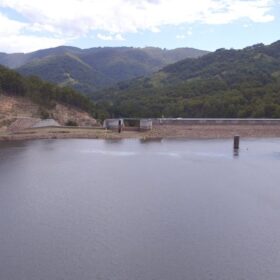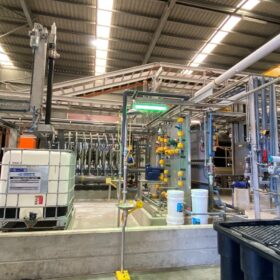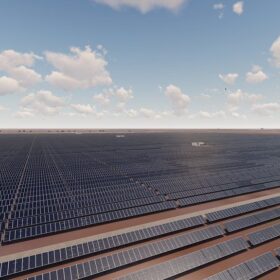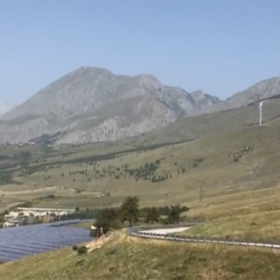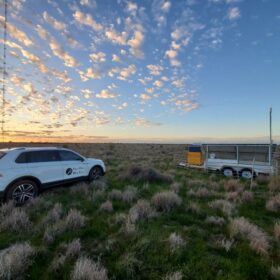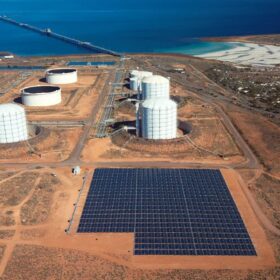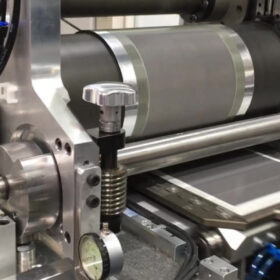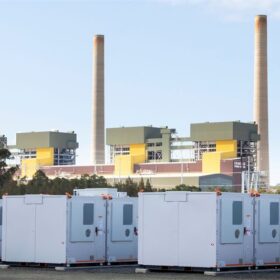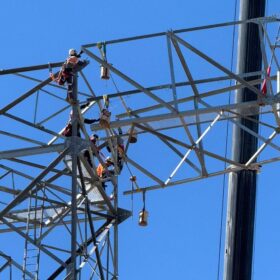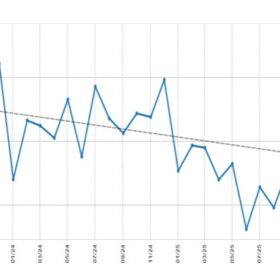New body appointed to oversee solar installer accreditation scheme
The Clean Energy Regulator has announced that the newly launched Solar Accreditation Australia is the new accreditation scheme operator for the nation’s solar workforce – more than 9,000 installers and designers.
Glenrowan Solar Farm reaches full capacity in quick time
Less than 12 months after construction began in northern Victoria and the 102 MW Glenrowan Solar Farm has been completed and commissioned and is now operating at full unconstrained capacity.
Fortescue pushes back decision on Gibson Island hydrogen project
Fortescue and renewable energy developer Genex Power have again pushed back the sunset date on their 25-year solar supply deal for the 70,000-tonne green hydrogen production facility being developed at Gibson Island in Queensland.
Unlocking the green vault: Superannuation funds could be missing link in renewable energy progress
In recent weeks, the call from Climate Change and Energy Minister Chris Bowen to expedite planning decisions and approvals for new energy projects resonates as a crucial step towards Australia’s clean energy future. However, as we navigate through the challenges of meeting renewable energy targets, it is evident that more needs to be done.
EDF to drive development of 3 GWh pumped hydro project
The Australian arm of French energy giant EDF Group has acquired and agreed to co-develop the proposed 300 MW / 3 GWh Dungowan pumped hydro energy storage project being progressed in the New South Wales New England region.
Vanadium battery players partner on Queensland manufacturing supply chain
Australian minerals company Vecco Group will team with Japanese manufacturer Sumitomo Electric and Idemitsu Australia to build an ‘end-to-end’ manufacturing supply chain for vanadium flow batteries in north Queensland.
South Australia ramps up net 100% renewables target
The South Australian government has accelerated its net 100% renewables deadline from 2030 to 2027, declaring the target is achievable due to the state’s new wind and solar developments and investment in green hydrogen.
IGE partners with Axpo on Italian green hydrogen project
Western Australian renewable hydrogen company Infinite Green Energy will team with Switzerland’s largest renewable energy producer Axpo to develop a large-scale solar-powered green hydrogen project in central Italy.
Federal approval delivers project first for Virya Energy
Belgian developer Virya Energy has secured its first project approval in Australia with the federal government giving its tick of approval to the Yanco Delta project being developed in the New South Wales Riverina region.
Energy majors sign up for South Australian hydrogen hub
Origin Energy, Fortescue and Canadian renewables company Amp Energy are among a group of energy majors that have signed up to pursue projects at the multi-billion-dollar Port Bonython hydrogen hub being developed in South Australia’s Upper Spencer Gulf region.

